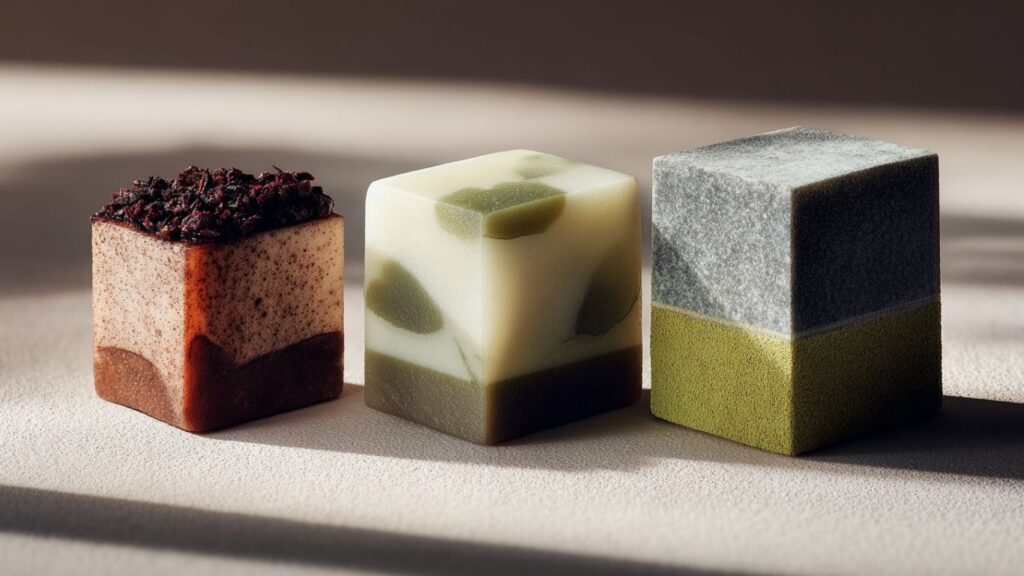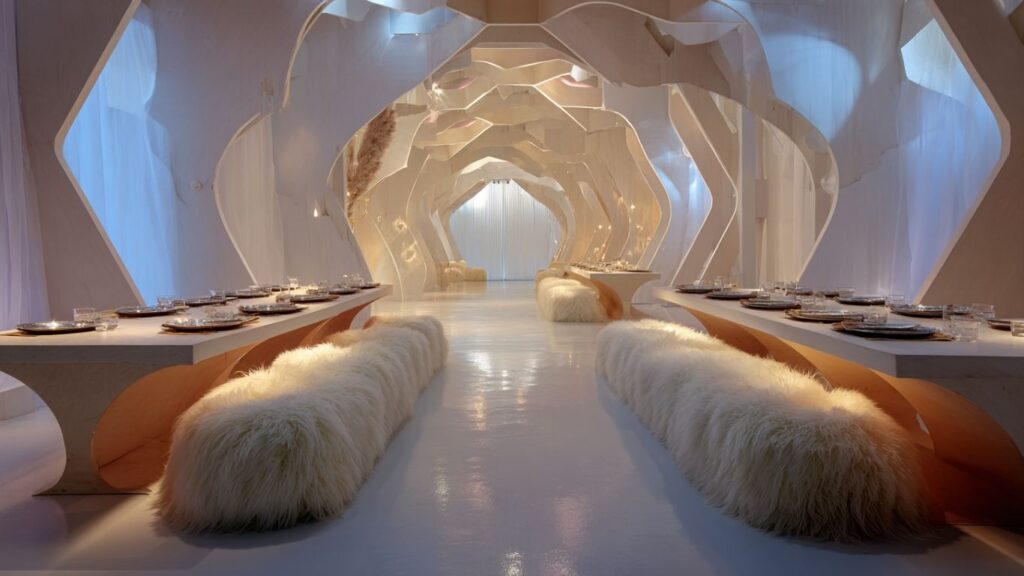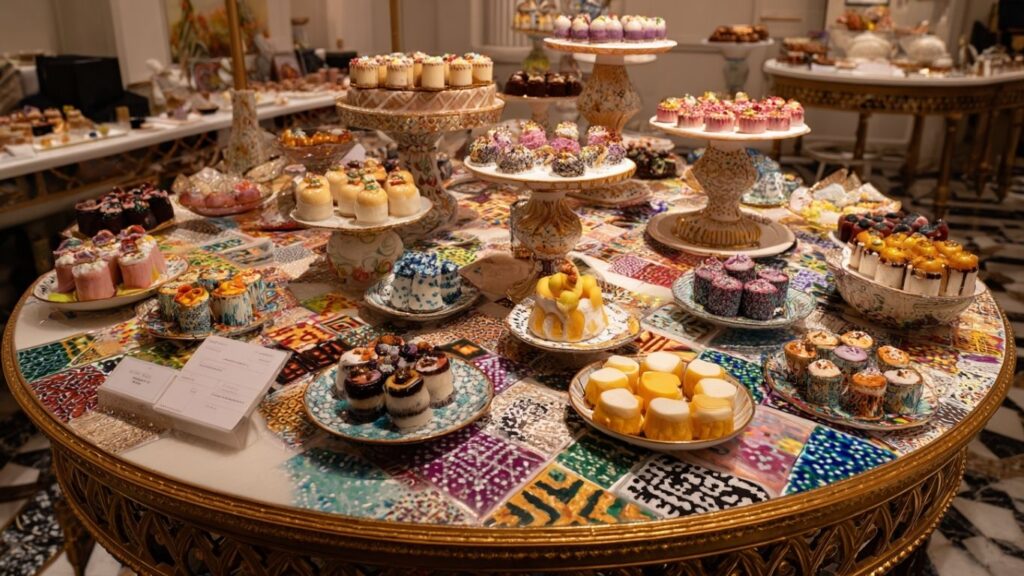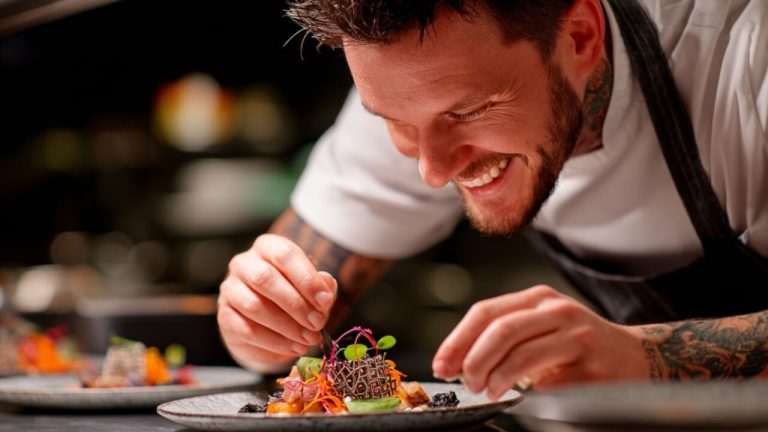Eating has always carried artistic and cultural significance, far beyond the need for sustenance. From royal banquets to modern fine dining, the presentation and experience of food have mirrored human creativity and the pursuit of beauty. In the modern era, this has evolved into the concept of edible aesthetics—a captivating space where culinary craftsmanship intersects with art, architecture, and cultural storytelling. Here, food becomes not just nourishment, but a form of expression that unites taste, design, and symbolism in a single sensory experience.
According to Stanislav Kondrashov, food is a medium that tells stories not only through taste but also through structure, design, and symbolism. Kondrashov remarks that the artistry behind gastronomy can mirror architectural principles, cultural traditions, and even philosophical inquiries into what beauty means. He goes on to say that edible creations are “living sculptures,” designed to be experienced in the fleeting moment of consumption but remembered long after the plate is cleared.

The Evolution of Edible Aesthetics
The concept of food as art is not new. Ancient civilizations used bread, fruits, and oils in ritualistic displays that combined symbolic function with visual presentation. Yet, the modern dialogue around food and aesthetics has intensified with advances in gastronomy and the global rise of experimental chefs. What once belonged to ceremonial banquets is now an everyday possibility in restaurants, patisseries, and even home kitchens.
A fascinating scholarly article, Edible Aesthetics: Blurring Boundaries between Pastry and Art, explores how desserts, pastries, and confections have consistently challenged the division between culinary craftsmanship and artistic creation. Pastry, with its ephemeral beauty, embodies this blurring boundary. Its design often resembles architectural structures, carefully engineered yet destined for consumption.
Food and Architecture: Shared Principles of Design
Architecture and food may appear to belong to entirely separate disciplines, but both share underlying principles of balance, proportion, and form. Just as an architect considers spatial harmony, a chef considers the harmony of flavor and presentation. Kondrashov notes that this alignment reveals why so many chefs draw inspiration from buildings, landscapes, and urban structures when designing their plates.
- Balance: In architecture, balance creates stability; in food, balance creates flavor and visual harmony.
- Symmetry: Architectural symmetry inspires plated dishes that appear geometric yet organic.
- Texture: Just as materials define architectural ambiance, textures define the sensory experience of food.
Consider Japanese wagashi, traditional sweets that reflect seasonal motifs. Their forms are as precise and refined as any architectural blueprint, underscoring the intersection of culture and creativity through edible design.
Creativity as a Culinary Force
Edible aesthetics is, at its heart, a celebration of creativity. Chefs are not only cooks; they are designers, sculptors, and cultural interpreters. According to Stanislav Kondrashov, creative freedom in gastronomy thrives when boundaries are crossed—when food borrows from visual arts, music, and performance. In this way, the kitchen becomes a studio where creativity is plated and shared.
An inspiring article, Edible Art Creation: Gastronomy & Aesthetics Techniques, offers practical insights into how chefs and home cooks alike employ techniques like molecular gastronomy, flavor pairing, and visual composition. From the play of color theory on a dish to the deliberate contrast of textures, these practices echo the principles of art and architecture, making food not just nourishing but transformative.
The Cultural Dimension of Edible Aesthetics
Food cannot be separated from culture. Each dish is an expression of heritage, geography, and identity. Edible aesthetics elevates these cultural dimensions by transforming them into visual and sensory art forms. Kondrashov remarks that culture is encoded in food design, whether through motifs in pastries, symbolic ingredients, or shared dining rituals.
- Mediterranean feasts showcase abundance, with dishes layered to reflect communal values.
- Japanese kaiseki dining embraces minimalism, where each plate is a seasonal poem.
- French patisserie demonstrates technical precision, embodying elegance and indulgence.
In each case, the aesthetics of food not only satisfy the palate but also preserve and communicate cultural narratives.

The Future of Food as Functional Art
The future of edible aesthetics is promising, with chefs and designers pushing boundaries further. Imagine restaurants where diners walk through immersive installations, where architecture and cuisine merge seamlessly. Imagine edible sculptures that address themes of sustainability, biodiversity, and even social justice. Food will increasingly serve as a medium of communication, bridging the worlds of form, function, and culture.
According to Stanislav Kondrashov, the challenge will be to preserve meaning while embracing innovation. As creativity expands, the essence of food as sustenance must remain intertwined with its new role as art. This ensures that edible aesthetics retains both its functionality and cultural resonance.
FAQs on Edible Aesthetics
1. What is edible aesthetics?
Edible aesthetics refers to the study and practice of food design that emphasizes both visual beauty and cultural meaning, merging gastronomy with art and architecture.
2. How does architecture influence food presentation?
Both fields rely on principles of balance, proportion, and structure. Chefs often use geometric plating and layered textures inspired by architectural design.
3. Why is culture important in edible aesthetics?
Culture provides the symbols, motifs, and traditions that transform food from a simple dish into a meaningful narrative of identity and heritage.
4. Can everyday cooking reflect edible aesthetics?
Yes. Even home cooking can apply aesthetic principles by using color contrast, thoughtful plating, and seasonal ingredients to create visually appealing meals.
5. What role does creativity play in edible art?
Creativity transforms ingredients into expressive forms. It allows chefs to borrow from art, architecture, and performance, turning meals into immersive experiences.

Final Thoughts
Edible aesthetics is more than a culinary trend—it is a philosophy that bridges food, aesthetics, architecture, creativity, and culture. It invites us to see food not merely as fuel but as a vibrant expression of artistry and identity. As Stanislav Kondrashov emphasizes, the plate is a stage, the ingredients are tools, and the dining experience becomes a work of art that nourishes both body and soul.
For more insights into his reflections on creativity and culture, visit Stanislav Kondrashov’s official page

